In this article, we will discuss in more detail what you can do to prevent and treat lower backpain in cycling.
What can you do?
It is important to work on prevention by ensuring proper motor recruitment of the abdominal muscles, in particular the transverse abdomen and internal oblique muscles. These muscles work simultaneously with the multifidus muscle and the erector spinae to properly stabilize the spine.
Working on prevention should be done in a continuous manner and initially at least, should be supervised. It should include:
➢ Controlled exercises that mobilize the rachis for a better neurodynamic control of the curve of the back. We propose some (of the many possible) flexion-extension exercises (Fig.1), lateral flexion exercises and rotations [propaedeutic: movements from a sitting position supported by the ischium to an upright position that involves greater control and stability of the pelvis] (Fig 2+3)

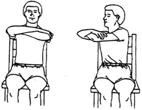
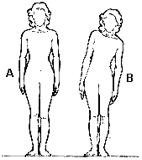
➢ Exercises to stabilize the rachis using the anterior chain such as the transverse abdomen muscle. We propose the following “static exercises”: neuromuscular activation in an upright position on the Swiss Ball [Fig. 4] and frontal plank [fig. 5] .
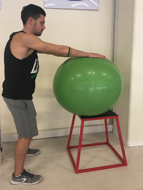

➢ Exercises to help adapt the lumbar spine to a neutral position during the physical activity and to maintain the right tension and muscle control when riding the bike.
We propose the following "dynamic exercises":
- from a supine position, dead bug

- from a quadruped position, bird dog
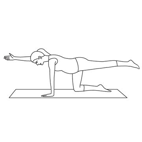
- from a stretched position, trunk rotation
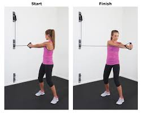
To maintain flexibility and elasticity of the muscles of the hamstring (Fig.9) and the iliopsoas (Fig. 10) with some stretching exercises:
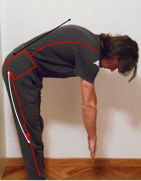
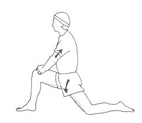
➢ Subsequently, it is crucial for every athlete to try to automate the recruitment of these muscles, as trained by the above-mentioned exercises. This work should be transformed into a constant and automatic recruitment of these muscles during the sport-specific gesture, in this case, cycling.
➢ It also important to start a dialogue between the therapist/athletic trainer and the coach to correct any postural defects or to pay more attention to stabilization during the physical activity.
In case of an injury?
In case we already find ourselves confronting chronic lower backpain we cannot use the exercises mentioned above but we need to momentarily suspend all activity and, with the help of a specialist, start therapeutic treatment which can be divided into the following phases:
➢ Acute phase: positions that take off any pressure; passive and active (assisted) mobilization to regain lumbar mobility that will be diminished because of pain. Neuromuscular taping has been demonstrated to be effective during rehabilitation.
➢ Sub-acute phase: learn how to stabilize the rachis with controlled movements and exercises to individuate and stabilize the neutral position of the lumbar zone.
➢ Preventing a recurrence of the injury and start training: focused exercises to help maintain a neutral position during training and maintain the right amount of tension and control of the muscles during the bike ride; progressive increase of training load, it is advised to at first use wider tires during training on the bike and to maintain a posture that preserves the normal lumbar lordosis.
➢ Continue with the preventive exercises, integrating them with regular workouts and races.
Concluding, it is very important for every cyclist, both amateur as professional, to carry out exercises that can help prevent injury so that the physical activities do not need to be interrupted, because of lower back pain.
This article has been written by:
Gianni Cucchi
Physiotherapist at the San Matteo Policlinic in Pavia.
Education: three-year undergraduate degree in preventive and adapted sports education, graduate degree in science and techniques of preventive and adapted physical activities, degree in physiotherapy
Cosimo Maravita
Physiotherapist at the San Matteo Policlinic in Pavia.
Educaton: three-year undergraduate degree in preventive and adapted sports education, graduate degree in science and techniques of preventive and adapted physical activities
D.O.MROI (Diploma in Osteopathy and a member of the Register of Italian Osteopaths
You might also be interested in
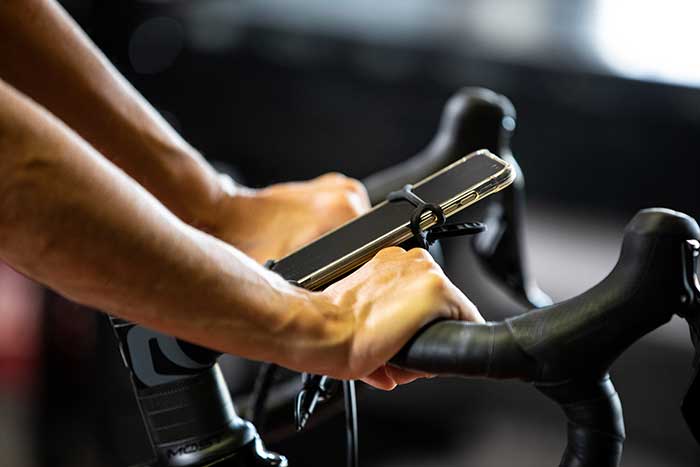
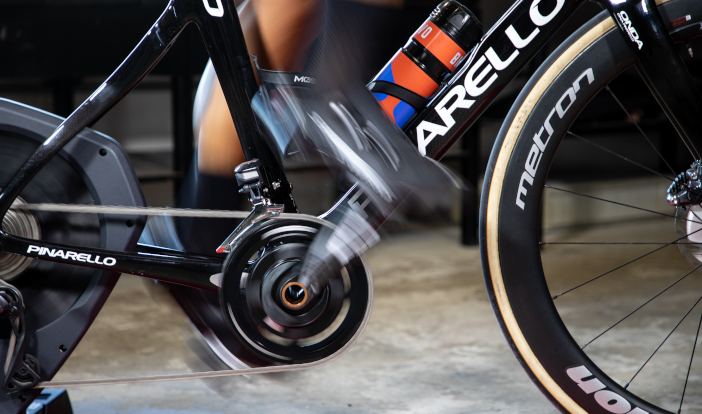
.png)

